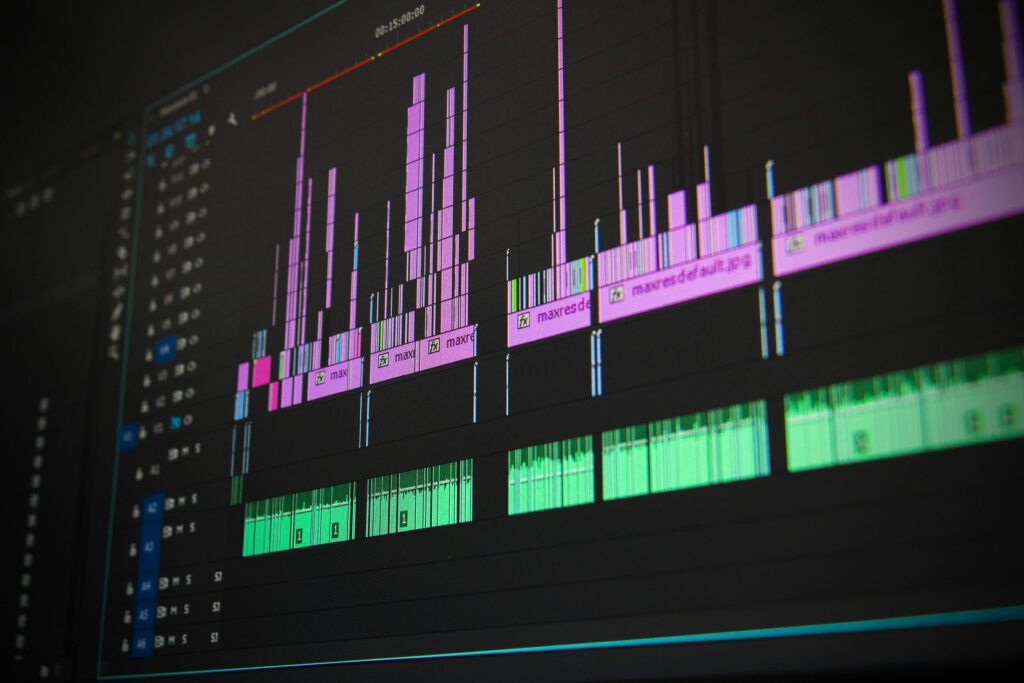Not only has technology revolutionized the way we invest our money, but it has also completely transformed the way we interact with the financial markets and trade stocks. Just a few decades ago, if you wanted to get information about a company’s stock price, the only way you could find it out is by reading the financial newspaper or waiting for the five o’clock news bulletin. Then, if you wanted to make a trade on that stock, you had to call your broker or physically visit their office in person. It’s safe to say we’ve moved on quite a bit since then.
Day trading, as we know it today, simply did not exist back then, as it was not a viable option for people outside of Wall Street. Nowadays, people from all walks of life can try their hand at day trading the markets, from college students to retirees in care homes.
This is all thanks to significant improvements in internet connectivity and the ease of executing online trades from the comfort of your own home. This has led to a massive influx of recreational traders, and as a result, the global stock market is currently experiencing record-high valuations of around $95 trillion.
Stock trading tools
To many trader’s delight, technology has opened the door to various new resources specifically designed to make the life of a stock trader easier. These tools help traders make more informed decisions, trade more accurately and execute trades at lightning-quick speeds with the touch of a button. No more calling up Mr.Broker to buy your stocks.
As they say, “a man is only as good as his tools,” so here are the five main categories of essential trading resources that separate the best traders from the rest:
Charting software
Any trader that relies on conducting independent analysis of stocks must have access to high-quality charting software. Charts help you visually assess the performance of stocks (typically with lines or candlesticks), so you can make more informed price projections.
With most charting software, you can overlay all sorts of helpful indicators, oscillators, and technical analysis tools that use historical price data to predict future movements, such as:
- RSI
- MACD
- Moving averages
- Bollinger bands
- Stochastics
- On balance volume
Stock scanners
Stock scanners take out all of the hard work out of trawling through the market to find the perfect stock to trade. You see, in the past, traders had to manually scan the market for stocks that fit their trading strategy, which meant they had to painstakingly browse the market with a fine-toothed comb until they found a good setup.
Fortunately, those days are long gone, as stock scanners quickly scan the entire market for you and present stocks based on the filters you gave. For example, you can configure the scanner to only show stocks trading under $1 with more than $5 million in traded volume.
Research/news providers
Trading newsletters and other research outlets are a trader’s best friend. These services condense all of the most important information and key events in the market into one easy-to-read email or article. These services typically cover things like:
- Unusual market movements
- IPOs
- New developments
- Innovations
- Guided analysis
The best services typically offer expert advice on where the markets will move and how specific stocks will react to particular events, giving you valuable insights that you can incorporate into your following trades.
Stock simulators
Got a new strategy to try out but scared of wasting your money? You need to get your hands on a stock simulator. These handy tools allow you to practice your skills on a real-time simulation of the markets without actually investing any of your own money. It’s a great way of testing the waters in a low-pressure environment.
Trading platforms
The first and arguably most important tool that you will ever use when trading is your trading platform. This is going to be your home base. It’s where you will place all of your trades, hold your balance, and interact with the stock market, so you need to make sure it does everything you need, and you feel comfortable using it.
Most brokers have an in-house platform that you can use directly on their site or using their app. However, most of the time, they are a little clunky and don’t offer the same functionality as some of the more popular third-party options.
Which platform you decide to use is ultimately down to your personal opinion and what type of trader you are. If you rely heavily on technical tools and advanced features, you might need to look for a more sophisticated third-party option. If you’re a beginner that is just trying out trading for the first time, then the in-house broker platform will do just fine.
Final word
Stock trading is a complex art and requires a vast amount of dedication, focus, and experience to make a reliable and steady income. However, empowering yourself with the tools listed in this article will go a long way towards improving your bottom line and making you a more consistent, accurate, and profitable trader.
- How Your Database’s Semantic Layer Enables AI Analytics - June 6, 2025
- Why So Many Employee Phishing Training Initiatives Fall Short - March 19, 2025
- Why Local Values Are Crucial to Cloud Infrastructure Management - April 15, 2024




Comments are closed.